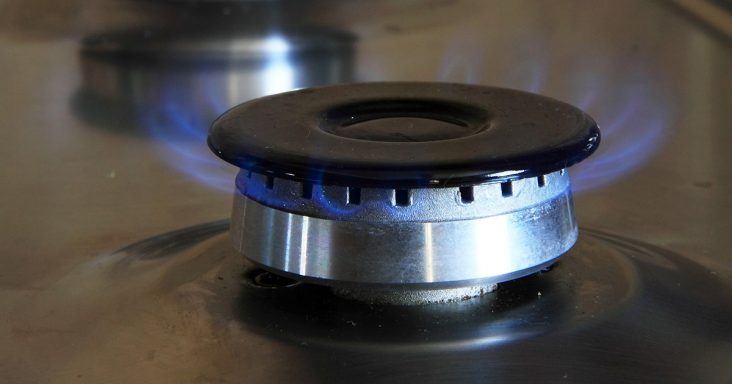Natural gas production hit record levels in August
by September 12, 2019 11:08 am 343 views

U.S. natural gas production rose to a record of 92.8 billion cubic feet per day on Aug. 19, according to estimates from IHS Markit. Natural gas production reached a record of 91 billion cubic feet per day in August.
Dry natural gas production is expected to average 93.4 billion cubic feet per day from September through the end of the year, according to the U.S. Energy Information Administration (EIA). U.S. natural gas production rose 8%, or by 7.1 billion cubic feet per day, in August, from the same month in 2018. Production increases primarily in the Northeast contributed to the growth.
An oversupply of natural gas is expected to lead to low average prices at the national price benchmark Henry Hub in 2020, according to IHS Markit. The average price is expected to fall below $2 per million British thermal units as production rises in the Permian Basin, which spans Texas and New Mexico. The last time prices fell below $2 was 1995.
Natural gas prices at the Henry Hub have been falling since early spring, according to the EIA. This summer, prices have continued to fall amid high levels of natural gas exports and a rise in consumption in the electric generation sector. The prices were $2.40 per million British thermal units in June and $2.37 per million British thermal units in July — the lowest monthly averages for June and July since 1999. The EIA expects the prices to rise for the remainder of 2019 and reach an average of $2.55 per million British thermal units in December.
Working natural gas inventories in the lower 48 states on April 1 were about 30% lower than the previous five-year (2014-18) average level for that time of the year. As of Aug. 30, working natural gas inventories were 3% lower than the five-year average for that time of the year. The net injection rate into storage was 11.9 billion cubic feet per day, or about 30% higher than the typical injection rate for the period.
